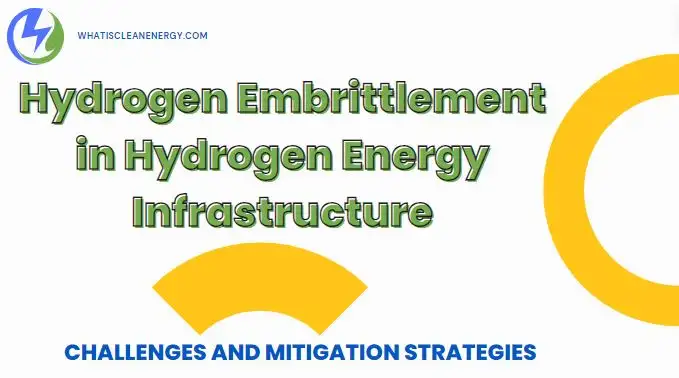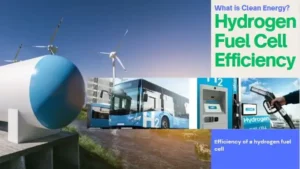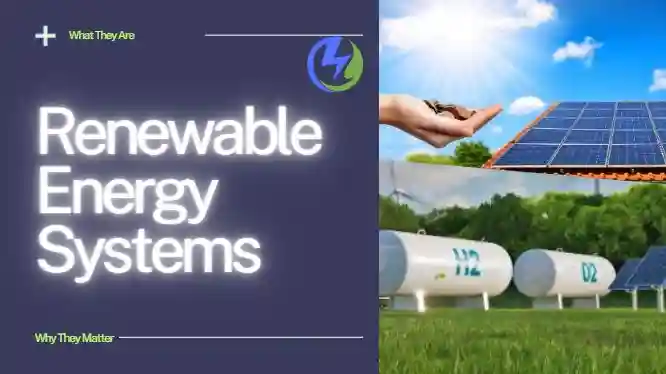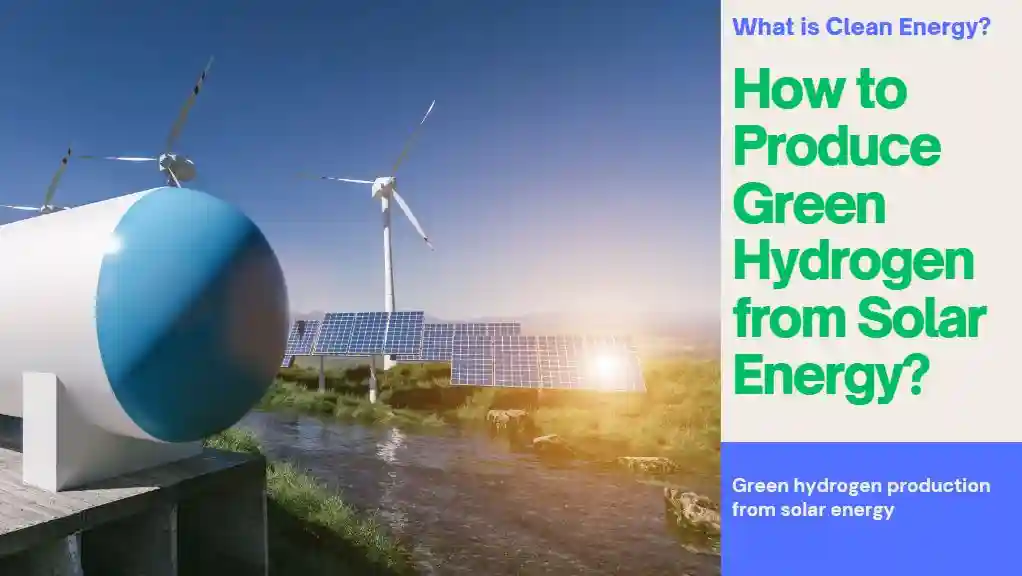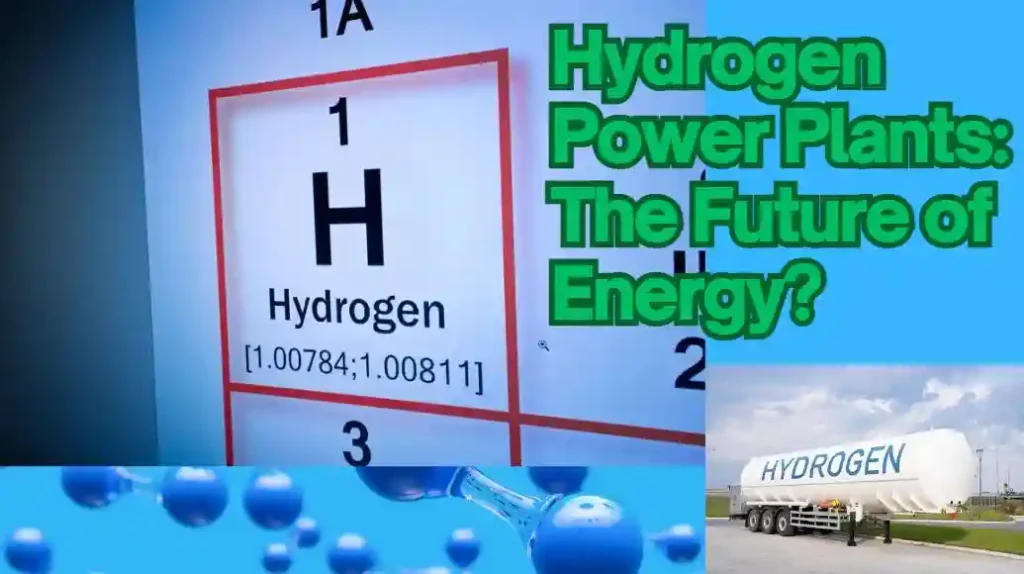Hydrogen energy is a promising solution for a sustainable future. However, it comes with its own set of challenges. One significant issue is hydrogen embrittlement. This phenomenon affects the materials used in hydrogen infrastructure, making them brittle and prone to failure. Understanding hydrogen embrittlement and finding ways to mitigate it is crucial for the safe and efficient use of hydrogen energy.
What is Hydrogen Embrittlement?

Hydrogen embrittlement occurs when hydrogen atoms penetrate metal, causing it to become brittle. This can lead to cracks and fractures, even under normal stress conditions. Metals like steel, which are commonly used in pipelines and storage tanks, are particularly susceptible to this problem.
How Does It Happen?
Hydrogen atoms are tiny and can easily diffuse into metals. Once inside, they interact with the metal’s crystal structure. This interaction weakens the bonds between metal atoms, making the material brittle. Over time, this can cause the metal to crack and fail.
Challenges in Hydrogen Energy Infrastructure
Hydrogen embrittlement poses several challenges for hydrogen energy infrastructure. These challenges need to be addressed to ensure the safe and reliable use of hydrogen.
Material Selection
Choosing the right materials for hydrogen infrastructure is critical. Not all metals are equally susceptible to hydrogen embrittlement. For example, high-strength steels are more prone to this problem than some other metals. Therefore, selecting materials that are resistant to hydrogen embrittlement is essential.
Design and Engineering
The design and engineering of hydrogen infrastructure must account for the risk of hydrogen embrittlement. This includes considering factors like pressure, temperature, and the presence of hydrogen. Engineers need to design systems that minimize the risk of embrittlement and ensure the longevity of the infrastructure.
Maintenance and Inspection
Regular maintenance and inspection are crucial to detect and address hydrogen embrittlement early. This involves monitoring the condition of pipelines, storage tanks, and other components. Early detection can prevent catastrophic failures and ensure the safety of the hydrogen infrastructure.
Mitigation Strategies for Hydrogen Embrittlement
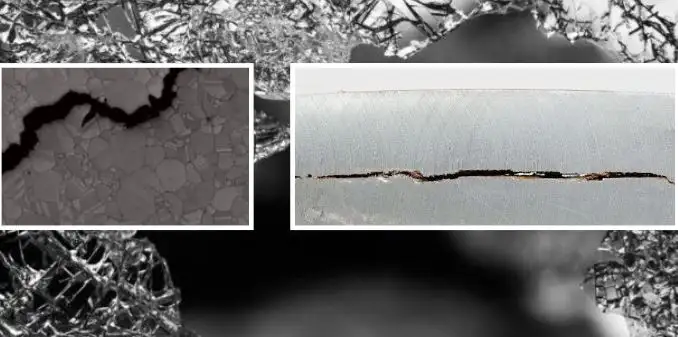
Hydrogen embrittlement is a critical issue that needs to be addressed to ensure the safety and reliability of hydrogen energy infrastructure. Here are some detailed strategies to mitigate its effects:
1. Material Coatings
Protective Coatings: Applying protective coatings to metals can significantly reduce the risk of hydrogen embrittlement. These coatings act as a barrier, preventing hydrogen atoms from penetrating the metal surface.
Nickel Coatings: Nickel is commonly used due to its excellent resistance to hydrogen penetration. It forms a dense, protective layer that shields the underlying metal.
Chromium Coatings: Chromium coatings are also effective. They provide a hard, durable surface that resists hydrogen diffusion.
Polymer Coatings: Certain polymers can be applied as coatings to create a flexible, impermeable barrier against hydrogen.
Application Methods: Coatings can be applied using various methods, including electroplating, chemical vapor deposition, and thermal spraying. The choice of method depends on the specific requirements of the application.
2. Alloy Development
Hydrogen-Resistant Alloys: Developing new alloys that are resistant to hydrogen embrittlement is a key strategy. These alloys are designed to minimize hydrogen absorption and maintain their mechanical properties.
Austenitic Stainless Steels: These steels have a face-centered cubic (FCC) crystal structure that is less susceptible to hydrogen embrittlement compared to other types of steel.
High-Entropy Alloys: These are composed of multiple principal elements, which can enhance their resistance to hydrogen embrittlement.
Titanium Alloys: Titanium and its alloys are known for their excellent resistance to hydrogen embrittlement, making them suitable for critical components.
Research and Development: Ongoing research is focused on understanding the mechanisms of hydrogen embrittlement and developing alloys with improved resistance. This involves studying the microstructure and composition of materials to identify the best candidates.
3. Environmental Control
Optimal Conditions: Controlling the environment in which hydrogen infrastructure operates can help mitigate hydrogen embrittlement. This includes maintaining optimal temperature and pressure conditions.
Temperature Control: Keeping the operating temperature within a specific range can reduce the diffusion of hydrogen into metals. Lower temperatures generally slow down the diffusion process.
Pressure Management: Managing the pressure of hydrogen gas can also help. Lower pressures reduce the driving force for hydrogen diffusion into metals.
Environmental Barriers: Using environmental barriers, such as inert gas blankets, can further protect metals from hydrogen exposure. These barriers create a protective atmosphere around the metal, reducing the risk of embrittlement.
4. Stress Management
Design Considerations: Proper design and engineering practices are crucial for managing stress on materials. This involves designing components to withstand the expected loads and stresses.
Stress Analysis: Conducting a detailed stress analysis can help identify areas of high stress concentration. These areas are more prone to hydrogen embrittlement and need to be carefully designed.
Smooth Transitions: Avoiding sharp corners and notches in the design can reduce stress concentrations. Smooth transitions and rounded edges distribute stress more evenly, reducing the risk of embrittlement.
Load Management: Managing the loads applied to components is also important. This includes avoiding sudden changes in load and ensuring that the applied loads are within the material’s capacity.
5. Regular Maintenance and Inspection
Routine Inspections: Regular maintenance and inspection are essential to detect and address hydrogen embrittlement early. This involves monitoring the condition of pipelines, storage tanks, and other components.
Non-Destructive Testing (NDT): Techniques like ultrasonic testing, radiography, and magnetic particle inspection can detect cracks and other defects without damaging the components.
Acoustic Emission Monitoring: This technique involves listening for the sounds of crack formation and growth. It can provide early warning of potential failures.
Preventive Maintenance: Implementing preventive maintenance practices can help address issues before they lead to catastrophic failures. This includes replacing or repairing components that show signs of embrittlement.
Mitigating hydrogen embrittlement is essential for the safe and efficient use of hydrogen energy. By applying protective coatings, developing hydrogen-resistant alloys, controlling the operating environment, managing stress, and conducting regular maintenance and inspections, we can significantly reduce the risk of hydrogen embrittlement. These strategies ensure the reliability and longevity of hydrogen infrastructure, paving the way for a sustainable hydrogen energy future.
Case Studies
Several real-world examples highlight the importance of addressing hydrogen embrittlement in hydrogen infrastructure.
Pipeline Failures
In some cases, hydrogen embrittlement has led to pipeline failures. These failures can result in hydrogen leaks, posing safety risks and economic losses. By studying these incidents, engineers can develop better strategies to prevent similar failures in the future.
Storage Tank Issues
Storage tanks used for hydrogen can also be affected by embrittlement. Cracks and fractures in these tanks can lead to hydrogen leaks. Implementing proper maintenance and inspection protocols can help detect and address these issues early.
Future Directions
The field of hydrogen energy is rapidly evolving. As we continue to develop and expand hydrogen infrastructure, addressing hydrogen embrittlement will remain a key focus. Ongoing research and innovation are essential to finding new solutions and improving existing strategies.
Advanced Materials
The development of advanced materials with enhanced resistance to hydrogen embrittlement is a promising area of research. These materials can provide safer and more reliable options for hydrogen infrastructure.
Improved Monitoring Techniques
Advancements in monitoring and inspection technologies can help detect hydrogen embrittlement early. Techniques like ultrasonic testing and acoustic emission monitoring can provide valuable insights into the condition of hydrogen infrastructure.
Collaborative Efforts
Collaboration between researchers, engineers, and industry stakeholders is crucial. By working together, we can develop comprehensive strategies to address hydrogen embrittlement and ensure the safe use of hydrogen energy.
Conclusion
Hydrogen embrittlement is a significant challenge for hydrogen energy infrastructure. Understanding this phenomenon and finding ways to mitigate it is essential for the safe and efficient use of hydrogen. By selecting the right materials, designing robust systems, and implementing effective maintenance practices, we can overcome the challenges posed by hydrogen embrittlement. Ongoing research and innovation will continue to play a vital role in ensuring the success of hydrogen energy as a sustainable solution for the future.

